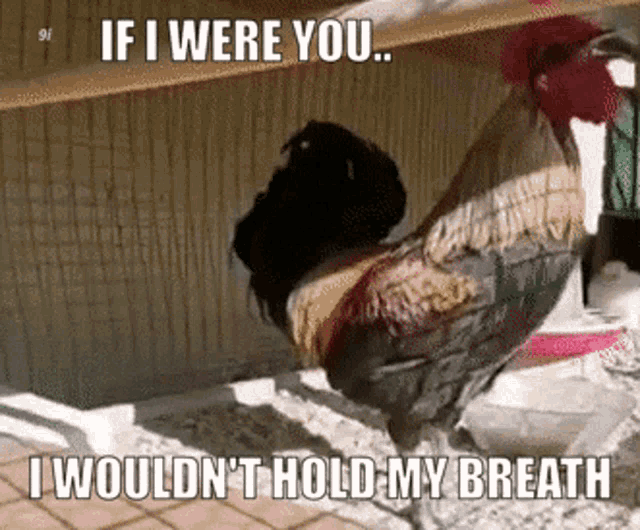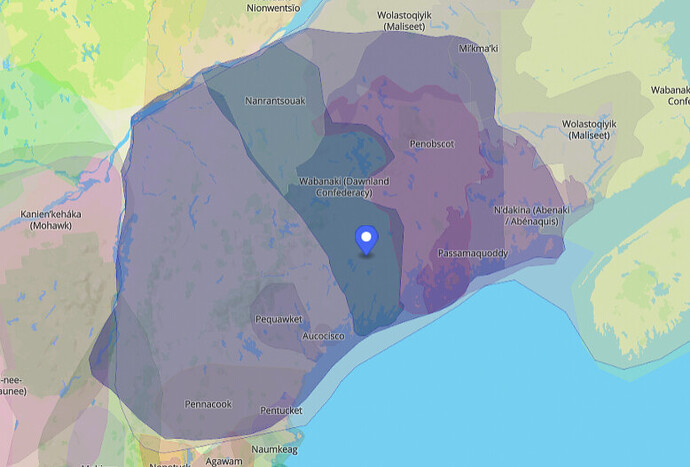Challenge Entry: Who’s Your Deity?
If you asked me a couple of years ago, my answer would have been a very definitive one - Brighid. She is the only goddess I have worked closely with and one who has been with me for several years. She has helped me through many difficult parts of my life, teaching me that it’s okay to be the fire of both destruction and creation. Her anvil has shaped parts of me that will never be the same and she will always hold a special place in my heart. It is because of her that I learned more about the people and practices of some of my ancestors in Ireland.
However, the last year and a half has been one of quietness when it comes to the Gods. Though I know the Gods are still there and they play a role in the lives of myself and many others, I have quietly stepped away from pagan practices and diety veneration. This happened gradually if I’m being honest. It wasn’t a decision that was made consciously, but rather a fluid movement of my life and practice. I am adapting and embracing a more local, folk-based practice system. In doing so, my goal is to learn more about how the Native Americans of my area live, believe, and co-exist with the Land.
While the Irish Gods are present here in the United States, brought over with the beliefs of the immigrants who made this country their home when they left Ireland, their presence is not one that feels like home. I have heard that they are quieter here, almost as if they are speaking to us through thick glass. We can hear and understand them, but this is not their home. Many people have explained that once they stepped foot in Ireland, they could immediately feel the energy of the Gods and spirits around them. That is what I want for my Land here. My ancestors came from many places in Europe, and I am thankful for their travels, but I am not from those places. I am from the Land here, and I aim to learn more about it. This re-learning will include not only the mythologies and stories of the Indigenous People, but also the history of their communities, important people worth knowing, how they lived and survived before colonization, and how their communities live and operate today.
I plan to write more about what I learn on my website as I learn it, but here are a few things I have learned so far.
This screenshot shows overlapping Indigenous Nations in the United States and Canada. It includes their names, and you can search by address to find more information about your specific region. Each region has resources for more information linked to them so you can find out more about the land you live on and the People who steward it.
This website and map are interactive and you can find it here → https://native-land.ca/
The land I live on is home to several different nations that are part of the Wabanaki Confederacy. The word “Wabanaki” means “People of the Dawn” and their name comes from the fact that the land of the Wabanaki is some of the first in North America to see the sunrise.
Wabanaki (meaning People of the Dawn ) are a group of Indigenous peoples which include Wolastoqiyik (Maliseet), Mi’kmaq, Abenaki, Penobscot and Passamaquoddy. Traditional Wabanaki territory includes areas of what is now known as Eastern Canada and the Northeastern United States – specifically New Brunswick, Nova Scotia, Prince Edward Island, Newfoundland, eastern Quebec, Maine (USA), and Vermont (USA).
– About the Collection - First Nation Resources NB
Gici Niwaskw is the “Great Spirit” or Creator in Abenaki and southern Wabanaki oral tradition and spirituality. Sometimes referred to as Tabaldak/Dabaldak (“Lord”) or Niwaskowôgan (“Great Spirit”) in Abenaki, the Creator is a benevolent and abstract being who does not directly interact with humans. As in other Algonquian communities, the Great Spirit in Abenaki tales is rarely personified, and traditional stories did not assign the Creator a gender.
– https://www.thecanadianencyclopedia.ca/en/article/abenaki
I’m going to have to use my local library and colleges for more sources due to the difficulty in finding specific local information. I did check out a book from the library called Women of the Dawn by Bunny McBride. This book details the stories of four Wabanaki women who “lived in the northeast America during the four centuries that devastated their traditional world. Their courageous responses to tragedies brought on by European contact make up the heart of the book.”
So, overall, my deity practice has taken a backseat to my current studies of my region 
![]() As this deity challenge is #226, we’ve got 3 more specified challenges and then it’ll be Catch-Up time
As this deity challenge is #226, we’ve got 3 more specified challenges and then it’ll be Catch-Up time ![]()


